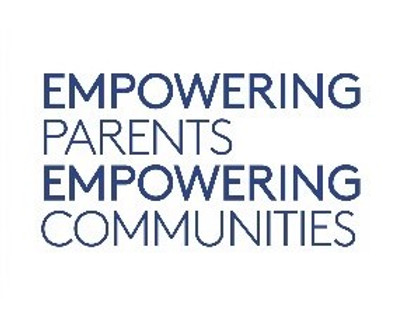History of Early Care & Education

The Early Learning Landscape
The Early Learning Landscape in California is in need of two major reforms: much more and better funding; and simplification of administration so that funding streams can be more easily combined. This chapter, part of Stanford’s Getting Down To Facts II, describes in detail the pre-pandemic early learning landscape in California.

Parent Empowerment and Child Care Regulation
This article will explore four questions: What do the terms empowerment and disempowerment mean? Do parents need to be empowered? Do early care and education" providers typically empower or disempower parents? Finally, does regulation of early care and education "empower" parents?

Lessons Learned: Provision of Technical Assistance to States. Better Care for the Babies Project.
The Better Care for the Babies (BCTB) Project was initiated in April 1989 to help states improve the quality of infant and toddler child care, especially for low-income children whose parents are in the labor force and/or making the transition from welfare to work. The chapters of this case study describe the background and design of the project, the policy context and assumptions, the technical assistance approach and implementation, project actions and policy improvements related to child care quality made by the BCTB states, the project as perceived by key participating state administrators themselves, lessons learned, and recommendations.

Family-Centered Head Start
This paper discusses the importance of the comprehensive, family-centered program known as Head Start and demonstrates the effective ways this program has reduced childhood morbidity and mortality, supported families, and provided a boost to the overall development of children.

Whole Babies, Parents & Pieces of Funds
This article will inform leaders in the early
childhood field about the value of the whole baby approach to child care. It will also
describe the diverse "pieces" of funds which
can be blended together by child care pro-
grams (or in some cases, by child care
resource and referral agencies) to facilitate
the care and education of "whole babies"
instead of fragments of the needs of those
babies.

The Infant Day Care Debate
This booklet describes the kinds of child care arrangements parents can currently make for children under three years of age.

The State of the Child in Appalachia
This report of a 13-state conference on the needs of young children in the Appalachian region examines present conditions
and changes over the past decade. The conference was organized around
three central guestions: (1) what are the needs of Appalachian
childran for healthy development? (2) how do existing child
dcvelopment programs meet these needs? and (3) what do Appalachian
programs need in order to improve their delivery of services?


